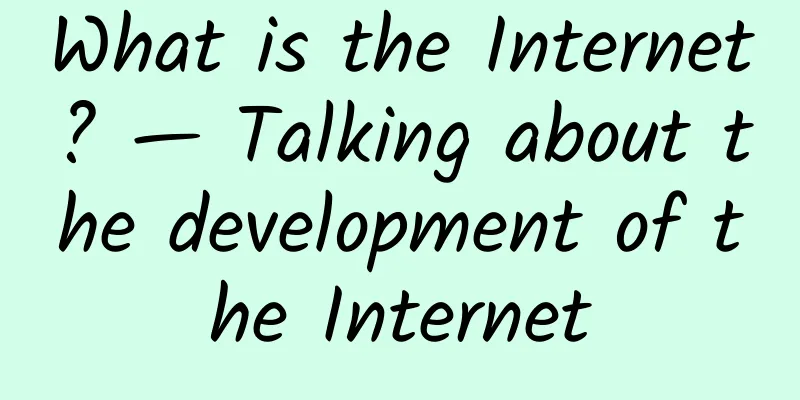The mobile phone business was hit hard in 2020: Even the 5G boost could not save sales

|
Even though 5G has been gradually deployed to mainstream consumers and boosted the mobile phone business, it still couldn't save mobile phone sales in 2020. In the magical year of 2020, even a 5.7% year-on-year decline in the third quarter of 2020 became good news. In a normal year, this is obviously not good, but it is significantly narrower than the approximately 20% decline in the first/second quarter. Before the impact of the COVID-19 pandemic, the global mobile phone business was already on a downward trend. In 2019, Brian Heater, editor of foreign media TechCrunch, wrote a forecast article titled "Global smartphone sales are expected to drop by 2.5% this year" and "To everyone's surprise: smartphone sales fell again in the second quarter of this year." The reasons for the decline can be summarized as follows: First, high-end mobile phones have become more expensive, and the flagship model has exceeded the ceiling of 1,000 US dollars. The second reason is that the quality of mobile phones has improved, and consumers are less motivated to upgrade. According to surveys, consumers' upgrade cycles have slowed down significantly from the traditional once every two years. Coupled with economic difficulties, many mobile phones will have a longer service life. In March of this year, Heater wrote an article stating that "less than 1% of 5G phones were purchased in the United States in 2019". After years of hype about 5G, the number of 5G phones actually owned by consumers is far lower than the advertised proportion, which is a cognitive bias. The main reason is that there are not a large number of 5G phones available in the United States, and the network deployment range is also very limited. He noted at the end of the report. Of course, it remains to be seen how COVID-19 will affect sales. What seems certain is that, like every aspect of our lives, it will have a notable impact on the number of people who buy expensive smartphones. Of course, something like a smartphone purchase tends to diminish in importance when faced with something like a global pandemic. Due to the pandemic, more and more Americans are staying at home. For this reason, the money they would have spent on electronics has gone to products like PCs, as they have switched to remote work. Another big problem here is simple economics. So many people are unemployed and so many things have become uncertain that smartphones have once again been elevated to the status of a luxury item. There are reasons for hope, though. It seems likely that 5G will eventually help right the ship — though it's hard to say when. Likely a lot will depend on how quickly we're able to get back to "normal" in 2021. But for now, there are some positives to be seen in early iPhone sales. After Apple went all-in on 5G this year, sales of the new phone (perhaps unsurprisingly) outpaced sales of all other 5G phones in October, according to analysts. Maybe 2021 will be the first year of 5G, because 2020 was definitely not it. |
>>: Record-breaking! US 5G license auction turnover has reached $69.8 billion
Recommend
LRU implementation with expiration time
[[382833]] I saw this algorithm a long time ago w...
What is the network VRRP protocol, and can it really solve network stability issues?
With the rapid development of the Internet, vario...
CloudCone: SC2 promotional annual payment starting at $32.94/year, free snapshot backup, Los Angeles data center
CloudCone offers several special packages for Val...
Are you ready for network automation?
[[374510]] This article is reprinted from the WeC...
“Hotel chains” also have “five-star” Wi-Fi! How did Lavande Hotels do it?
Hotel Wi-Fi ≈ Slow speed and insecurity? This pro...
RabbitMQ communication model work model
Hello everyone, I am Zhibeijun. Today, I will lea...
Megalayer: San Jose CN2 line VPS monthly payment starts from 48 yuan, Hong Kong VPS monthly payment starts from 59 yuan
The tribe once shared information about Megalayer...
The 2G era will not come to an abrupt end; network transformation requires the support of the Internet of Things
Recently, China Unicom announced that it will car...
Learn Network TCP/IP Protocol Stack
[[409633]] This article is reprinted from the WeC...
HostHatch: Hong Kong/Tokyo/Singapore AMD EPYC series starting from $25/year, 2GB/25G NVMe/1TB monthly traffic
HostHatch has released a new promotion plan on LE...
How will network reconstruction proceed in the future?
Network reconstruction is intended to overturn th...
Let JWT protect your API services
Hello everyone, I am Dayao. I have written an art...
Investing in Bitcoin is risky; Yashan shuts down and billions of yuan of investment goes down the drain
[51CTO.com original article] Bitcoin, as a "...
Riverbed helps leading manufacturing company Interplex successfully use robotics technology at its global sites
Riverbed, the Application Performance Company, to...









